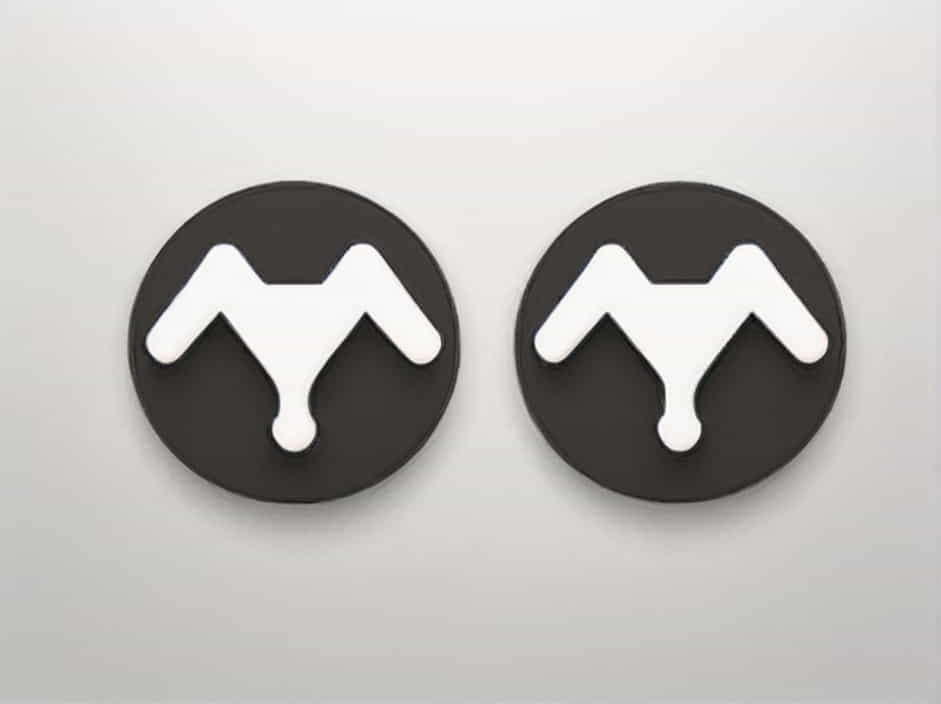The scapula, or shoulder blade, is a critical bone in the shoulder girdle that allows for a wide range of motion. One of its key movements is scapular rotation, which includes upward rotation and downward rotation. These movements are essential for proper arm elevation, shoulder stability, and functional mobility.
Understanding how the scapula moves, which muscles are involved, and why these movements are important can help improve shoulder function and prevent injuries.
What Is Scapular Rotation?
Scapular rotation refers to the movement of the shoulder blade around the thoracic cage. It occurs in two main directions:
- Upward Rotation – When the bottom (inferior angle) of the scapula moves outward and upward, while the top (superior angle) tilts downward.
- Downward Rotation – When the bottom of the scapula moves inward and downward, returning to its resting position.
These movements allow the arm to raise above the head or return to the side of the body efficiently.
Upward Rotation of the Scapula
Definition
Upward rotation occurs when the scapula tilts upward, helping to lift the arm overhead. This movement is crucial for activities like reaching, throwing, and lifting objects above the head.
Muscles Involved
Several key muscles work together to achieve upward rotation:
- Serratus Anterior – Pulls the scapula forward and upward.
- Upper Trapezius – Lifts the scapula upward.
- Lower Trapezius – Helps with stabilization and controlled movement.
These muscles coordinate to ensure smooth and balanced movement of the scapula.
Importance of Upward Rotation
- Allows for full arm elevation (raising the arm above the head).
- Prevents shoulder impingement, reducing the risk of pain and injury.
- Supports proper posture by maintaining shoulder alignment.
Exercises to Improve Upward Rotation
To strengthen the muscles responsible for upward rotation, try these exercises:
- Wall Slides – Stand with your back against a wall and slide your arms upward while keeping your scapula engaged.
- Serratus Punches – Use light dumbbells to push forward and activate the serratus anterior.
- Face Pulls – Strengthens the trapezius and scapular stabilizers.
Downward Rotation of the Scapula
Definition
Downward rotation occurs when the scapula moves back to its resting position after being raised. This movement is essential for lowering the arm and performing tasks like pulling, climbing, or pushing downward.
Muscles Involved
The following muscles help achieve downward rotation:
- Rhomboids (Major and Minor) – Pull the scapula inward and downward.
- Levator Scapulae – Lifts the scapula while assisting in rotation.
- Pectoralis Minor – Helps move the scapula downward.
Importance of Downward Rotation
- Helps stabilize the scapula during pulling and pushing motions.
- Maintains shoulder joint integrity by preventing excessive movement.
- Supports functional movements like pull-ups, dips, and pushing objects downward.
Exercises to Improve Downward Rotation
Strengthening the downward rotators can enhance shoulder stability:
- Pull-Ups – Engages the rhomboids and lower trapezius for controlled movement.
- Lat Pulldowns – Strengthens the latissimus dorsi and scapular stabilizers.
- Prone Y Raises – Focuses on the lower traps and rhomboids for better control.
Common Issues Related to Scapular Rotation
1. Scapular Dyskinesis
An imbalance in scapular movement can cause shoulder pain, weakness, and limited range of motion. It often results from:
- Weak serratus anterior or trapezius muscles.
- Poor posture, leading to rounded shoulders.
- Overuse injuries from repetitive motions.
2. Shoulder Impingement Syndrome
Limited upward rotation can lead to pinching of the rotator cuff tendons, causing pain and inflammation. Strengthening the scapular muscles can help prevent this condition.
3. Winged Scapula
A winged scapula occurs when the serratus anterior is weak, causing the shoulder blade to stick out. This affects shoulder stability and arm function.
How to Improve Scapular Rotation for Shoulder Health
1. Strengthening Key Muscles
- Focus on serratus anterior, trapezius, and rhomboids for better movement control.
- Perform scapular stability exercises like plank variations and resistance band movements.
2. Improving Posture
- Avoid slouching to maintain natural scapular positioning.
- Practice thoracic mobility exercises to support proper alignment.
3. Stretching and Mobility Work
- Stretch tight chest muscles (pectorals) to allow proper scapular movement.
- Use foam rolling on the upper back and shoulders to release tension.
The upward and downward rotation of the scapula are essential movements for shoulder mobility, strength, and stability. These rotations allow the arms to move freely and perform various daily and athletic activities. By strengthening the involved muscles, maintaining good posture, and improving flexibility, you can support healthy shoulder function and reduce the risk of injury.
